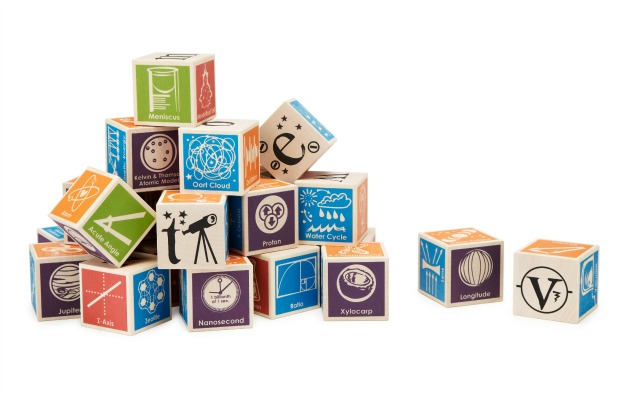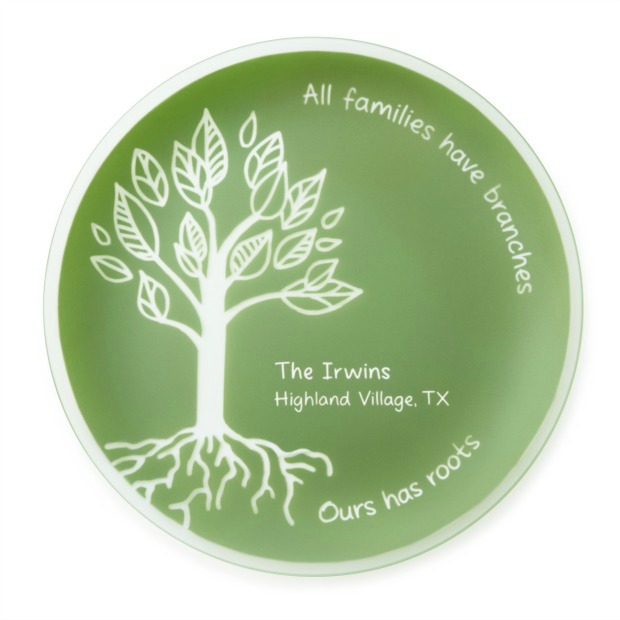When someone tells you your joke was the funniest, your hair was the prettiest, your cooking was the tastiest (we’re very popular)—they usually announce your win, “hands down.” This saying originates at the racetrack, the earliest examples being found in 19th century sporting papers. If a jockey and his horse were winning by a lot, the jockey would often be able to cross the finish line with the reigns dropped and his hands down. What was at first used in a literal way soon became a metaphor for winning with ease—an 1853 newspaper described a horse’s win as “she won with the most perfect ease imaginable, little Sherwood going past the post ‘hands down.’” Now hands up if you think that’s neat.
If you ask yourself why it is that spelling follows that familiar rule, you don’t have to look very far to realize that it actually doesn’t. Even if you add on the extra exceptions clause of the rhyme (about words that sound “like ā, as in neighbor or weigh), it still doesn’t explain everything. What about “protein”? Or “science”? Or the countless other words that don’t fit the rule, including some words (like “obeisancies”) that defy both halves of the couplet at the same time. Then, if this so-called rule is so ineffective, why do we all seem to rely on it? Because it is so undeniably catchy. It’s concise, it rhymes, it seems to make something complicated very straightforward, and it comes to you from a high authority—your teacher. The couplet actually originated in the 1800s, when textbooks and new teaching systems were being developed to give people access to education even without a highly trained teacher. These lesson plans often relied on rhymes to help reduce the complexities of the English language into memorable chunks. Most of those rhyming rules have been forgotten, but this one, for better or worse, is still stuck in our minds.
From mac and cheese to pad thai, everyone has their go-to comfort food. Or do they? In a recently published study, Shira Gabriel, an associate professor of psychology at SUNY Buffalo, ran a pair of experiments to see what determines a person’s comfort food cravings—and to see if there was a social aspect to it all. Turns out, our ability to form strong, healthy bonds has a lot to do with it. Volunteers were first asked about their attachment style with family and friends, then split up into two groups. One group was asked to relive a conflict they’d had with a loved one and then were given potato chips (sign us up for this study!) Once they were eating the chips, the individuals who had described themselves as more heavily bonded and had described a conflict found the snacks significantly tastier than the attached individuals who were not asked to relive an argument. On the other hand, there was no significant difference in snack enjoyment between the less attached people who relived an argument and the ones who didn’t. Now pass us the grilled cheese and tomato soup, please.
Humans are among only a handful of species that practice monogamy (here’s looking at you, swans) but studies have shown that those tendencies developed over time. Writer and professor Michael Stoddart claims that our sense of smell slowly evolved in order to render human pheromones virtually undetectable. “Over time, humans’ sense of smell evolved to only be based on the nose’s olfactory membrane, and not another structure called the ‘vomeronasal organ’ or VMO. Other mammals use both,” says Stoddart. This evolutionary advantage allows us to live in close proximity and in relative harmony without all-consuming pheromones getting in the way. We do still rely on smell to draw us to our partners, it’s just not quite as intense—aside from the guy behind you at the grocery store who seemingly bathed in cologne.
English etymology is seldom simple, but the case of the name of the season between winter and summer, what you see is what you get. Springtime brings to mind the springing of new life following the sterile stretch of winter—flowers springing up from the earth, little bunnies and lambs springing around, and, in a more modern sense, the clock springing ahead (to the delight of no one). As it turns out, the meaning of spring the season probably isn’t any more arcane than the ancient, seasonal associations of nature in action. Somewhere in the 14th century, “springing time” replaced the Old English “lent” as a more literal and secular brand for the season—not surprising in the midst of Renaissance humanism. “Springing time” soon became just “springing,” then simply “spring.” And let’s just be thankful that the names of the seasons don’t continue to evolve with the times, or we might be enjoying “tax-and-allergy time.”
He might. But if he’s sneezing during a rousing game of “run around the dining room table with your stolen sock,” he’s just having a really great time. Dogs will often sneeze to show they’re ready to play. If you’ve been yearning to get on your furry friend’s level when it comes to communication, give a quick sneeze. His tail will probably start wagging and you’ll both be speaking the same language. What’s more, a dog will sometimes employ the sneeze in order to communicate to a fellow furry playmate. If the play starts to get a little too serious or violent, the dog will sneeze to communicate, “hey buddy, we’re just having fun here. Lets not let this escalate any more.”
No, but their streetlights do. New York’s Central Park takes up roughly 843 acres of land and is larger than the principality of Monaco. That’s a lot of park. Aside from being a beautiful place to picnic, the park is used by many New Yorkers and tourists as a nature-filled respite that can take them across town without having to commute through the hustle and bustle of city streets. But without street signs and without staring at your phone or a map as you fumble past the Bethesda Fountain, how can you know where in the park you are? Look no further than the four simple numbers printed on every lamppost that dots the park. The first two numbers indicate the cross street you would be passing if they ran straight through the park, while the last two numbers let you know if you’re closer to the East Side or West Side—an odd number means west, even means east. So 7103 would put you closest to West 71st Street. What will New York think of next? A croissant and donut hybrid or something?
Many of the world’s religions have stories about the first woman, from whom all of us have descended. Well, now science has its own version of the story—they have calculated the existence of a single, female ancestor shared by all living humans. They did this by looking at mitochondrial DNA, which—unlike regular DNA, which is a combination of genes from both parents—is derived solely from the mother. Because of this consistency from generation to generation, the mutations that naturally occur this DNA over time can be tracked, allowing researchers to create a timeline of the molecule’s history. With this data, and applying a variety of mathematical models, scientists estimate that this mother of us all probably lived 200,000 years ago. However, unlike most origin-of-mankind stories, those scientists aren’t actually suggesting that their Eve was actually the first woman—just that she is the only one whose descendants are still living today.








